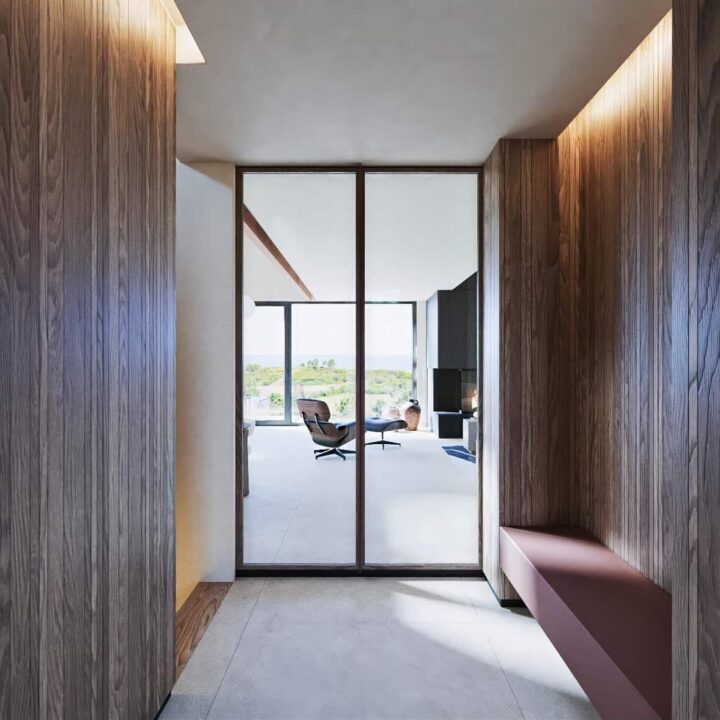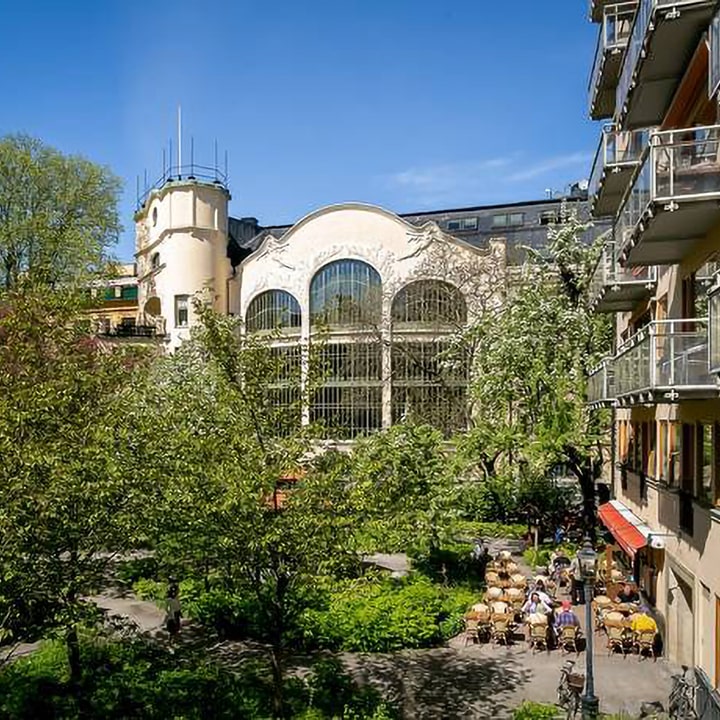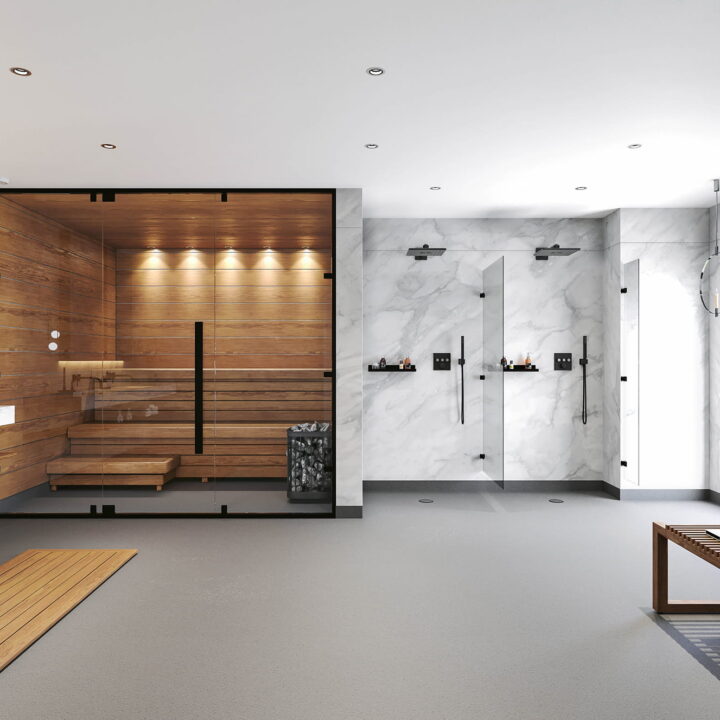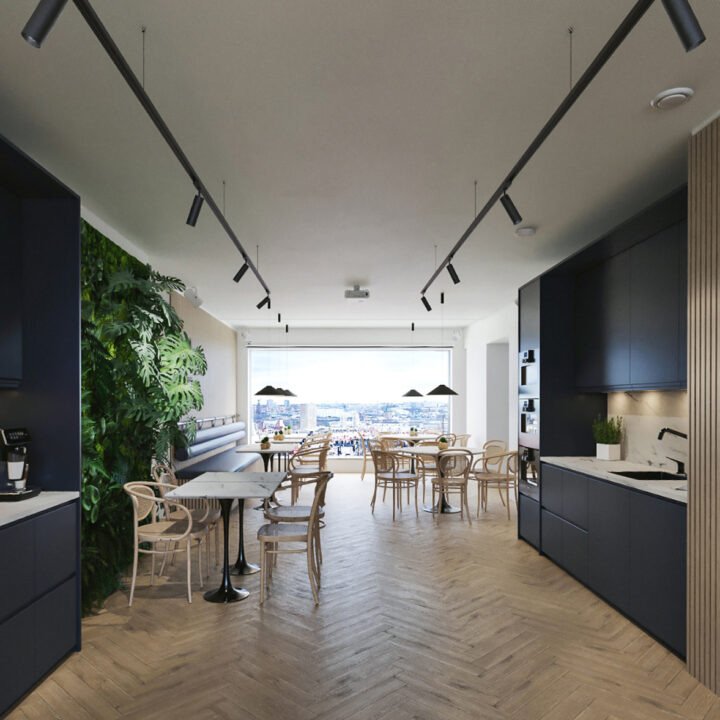Interior Design
Interior Design
Interior Design That Brings Vision and Function Together—Step by Step
Whether you’re developing a residential project, commercial space, or high-end investment property, interior design is what turns structure into experience. It helps buyers emotionally connect, envision their lifestyle, and act faster. But if you’re like most developers, you want clarity—not confusion—on how the process works, how long it takes, and what it will cost.
At Creative Visual Studio, we’ve designed an interior design process that’s clean, collaborative, and built to deliver results you can market—without delay.
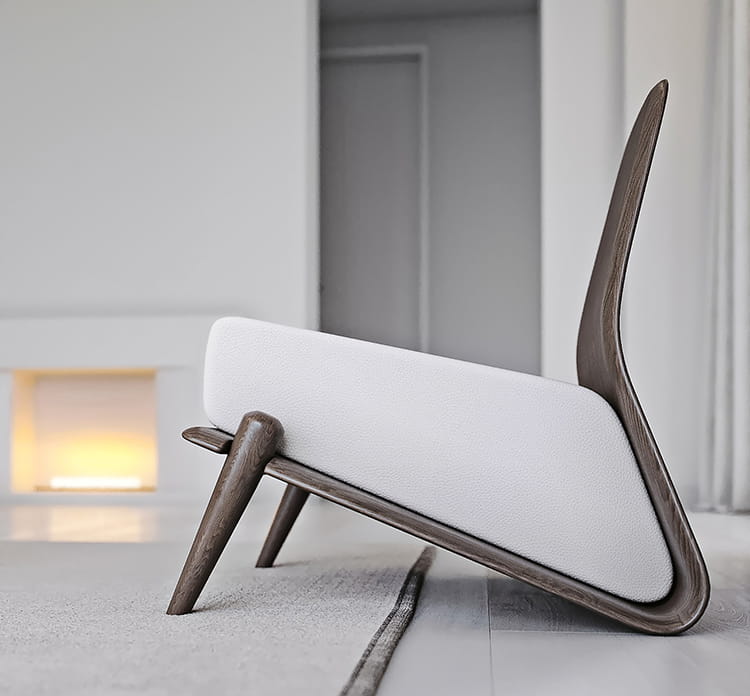
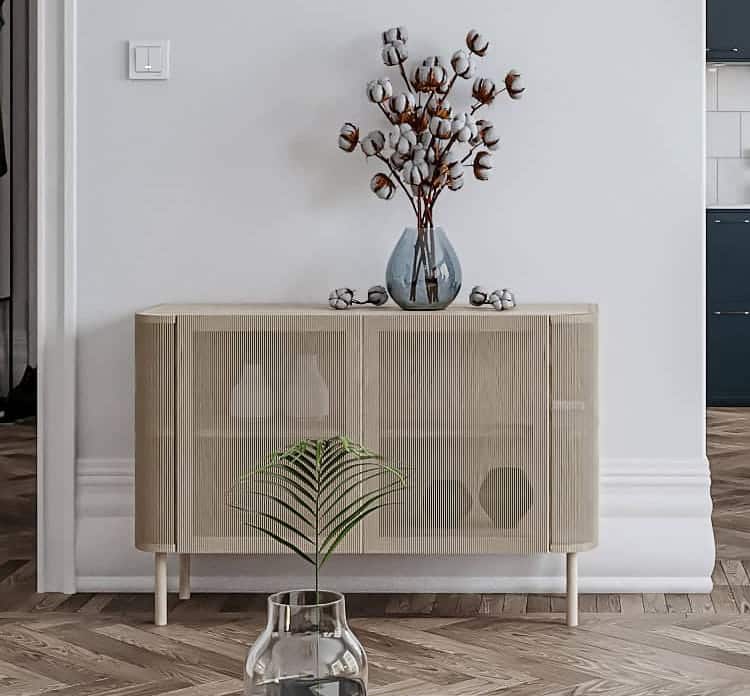
Here’s What You Can Expect:
1. Discovery & Briefing
We start by understanding your target market, project goals, budget, and timeline. This step sets the foundation for a design that doesn’t just look great—it sells.
2. Concept Design
We create mood boards, sample materials, layout concepts, and colour palettes tailored to your audience. This helps align the project’s look and feel with your marketing objectives.
3. Design Development
Once the concept is approved, we develop detailed selections—finishes, lighting, furniture, and joinery—creating a complete interior plan ready for visualisation or documentation.
4. 3D Visualisation (Optional Add-On)
Show off your interiors before they’re built. We offer high-end 3D renders and VR walkthroughs that boost buyer confidence and help you pre-sell more effectively.
5. Documentation
We prepare a full technical package for your contractors or builders: layouts, material specs, and installation guidance—everything documented.
6. On-Site Design Support (Optional)
Need help during implementation? We offer design supervision to make sure the vision is executed flawlessly on site.




